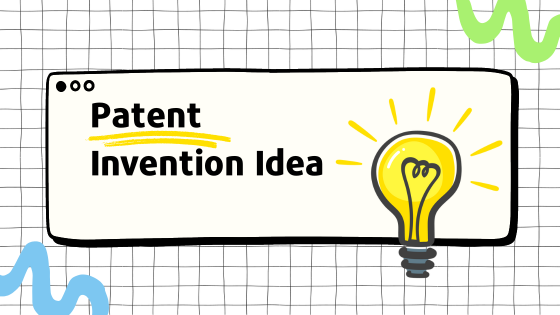At some point, everyone comes across a unique idea that sparks the question: What if I could turn this into a real product or service? Developing an idea and turning it into a reality is an exciting journey, and sharing this with the world can be just as rewarding. A critical step in this process, however, is considering whether to seek patent protection. The patent process is often misunderstood, let’s explore some important details about patent protection and answer common questions about the patent process. For many inventors navigating this complex landscape, professional assistance companies like InventHelp can be a substantial help.
What Is Patent Protection?
Firstly, understanding what patent protection is essential. Patents are essentially legal documents that protect your rights to an invention. They give you the sole right to use and sell the product or idea in question, as well as prevent others from using it without your permission.
What Happens if There is No Patent Protection?
What happens without patent protection? After putting time, effort, and resources into developing an innovative product or service, protecting it is pivotal. Neglecting to patent a new invention opens up the risk of others copying or stealing the idea. Without patent protection, there’s no legal ground to stand on when it comes to claiming ownership over the invention and taking action against potential copycats. Essentially, by foregoing patent protection, an invention is freely available for others to reproduce and profit from without any royalties or legal obligations to the original inventor.

How to Apply for a Patent?
For individuals who have invented something new and different and want protection from copycats, applying for a patent would be the next step. Patent applications can be complex and require detailed technical drawings and information about the invention, and a full understanding of its uniqueness and how it works.
There are two types of patent applications: provisional and non-provisional. A provisional application grants temporary protection and allows the inventor to use the term ‘patent pending’ on their invention. However, it lasts only a year and doesn’t convert into a full patent unless the inventor files a non-provisional application. The non-provisional application is more detailed, involving all specifications and claims around the invention. It starts the official examination process to determine if a patent should be granted.
Can You DIY Patent Filing?
Filing a patent is often a complex, lengthy, and intricate process. While it’s possible to file a patent pro se, or on your own, the United States Patent and Trademark Office (USPTO) often recommends hiring a patent attorney or agent. If you’re not well-versed in patent law or the peculiarities of the patent application process, it’s easy to make errors that could impact the defensibility of your patent or even the ability to obtain a patent.
In such cases, working with patent professionals or utilizing services from companies like InventHelp can be beneficial. InventHelp specializes in helping inventors protect their ideas and inventions, guiding them along the patent process, from early-stage conception of an idea to prototype development and patent application.
Is Patent Protection International?
Patent protection is territorial, which means a U.S. patent only protects an invention within the U.S. For protection in other countries, inventors need to apply for patents in those specific countries. There are certain international agreements, like the Patent Cooperation Treaty (PCT), that simplifies this process by providing a unified procedure for filing a patent application that has effect in the contracting states.
In Conclusion
Understanding patent protection and the patent process can be overwhelming but is significant in securing the rights to your invention. For many inventors, getting assistance from companies like InventHelp could be key to ensuring a correctly-filed patent and protecting one’s unique ideas.


